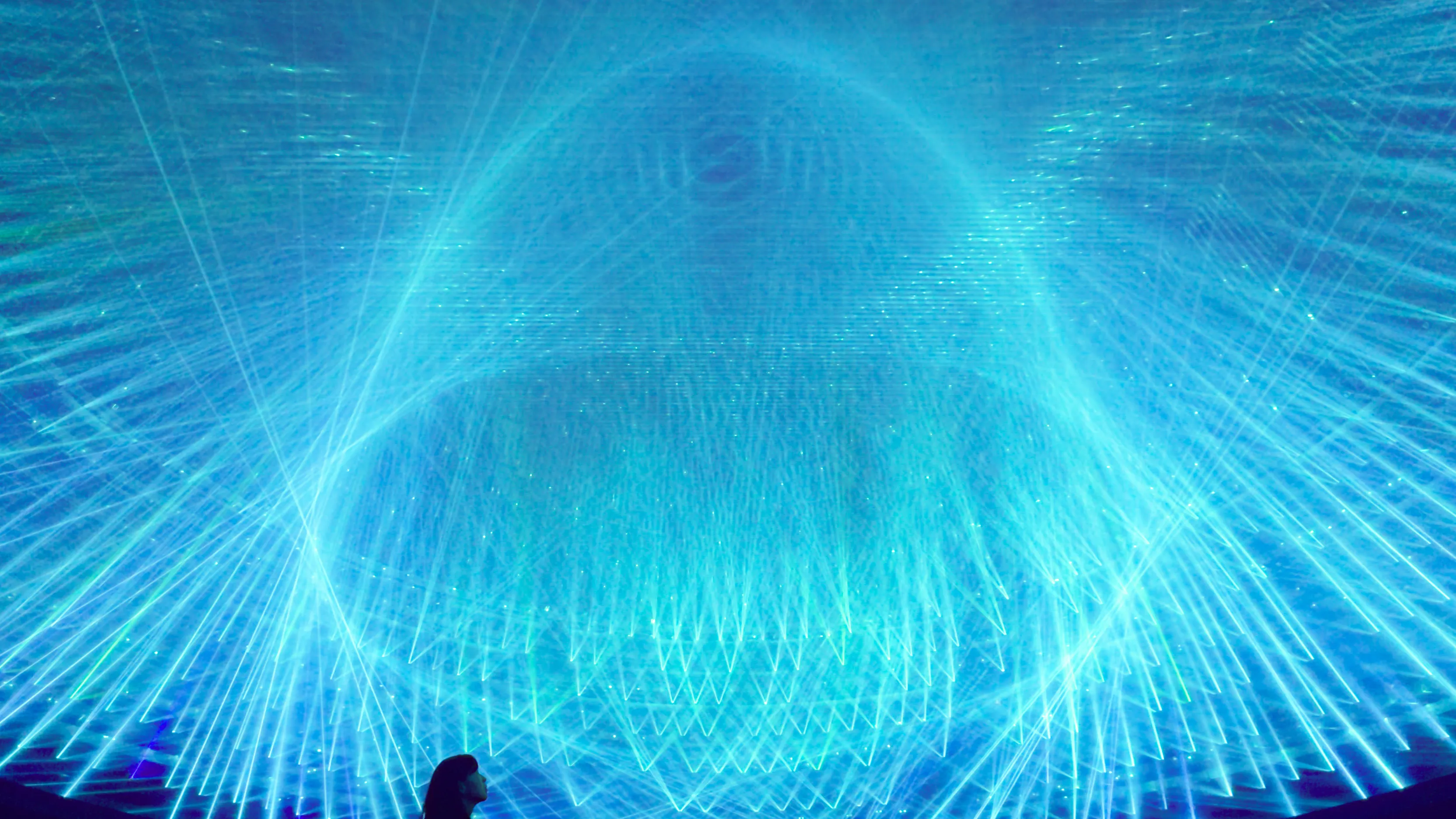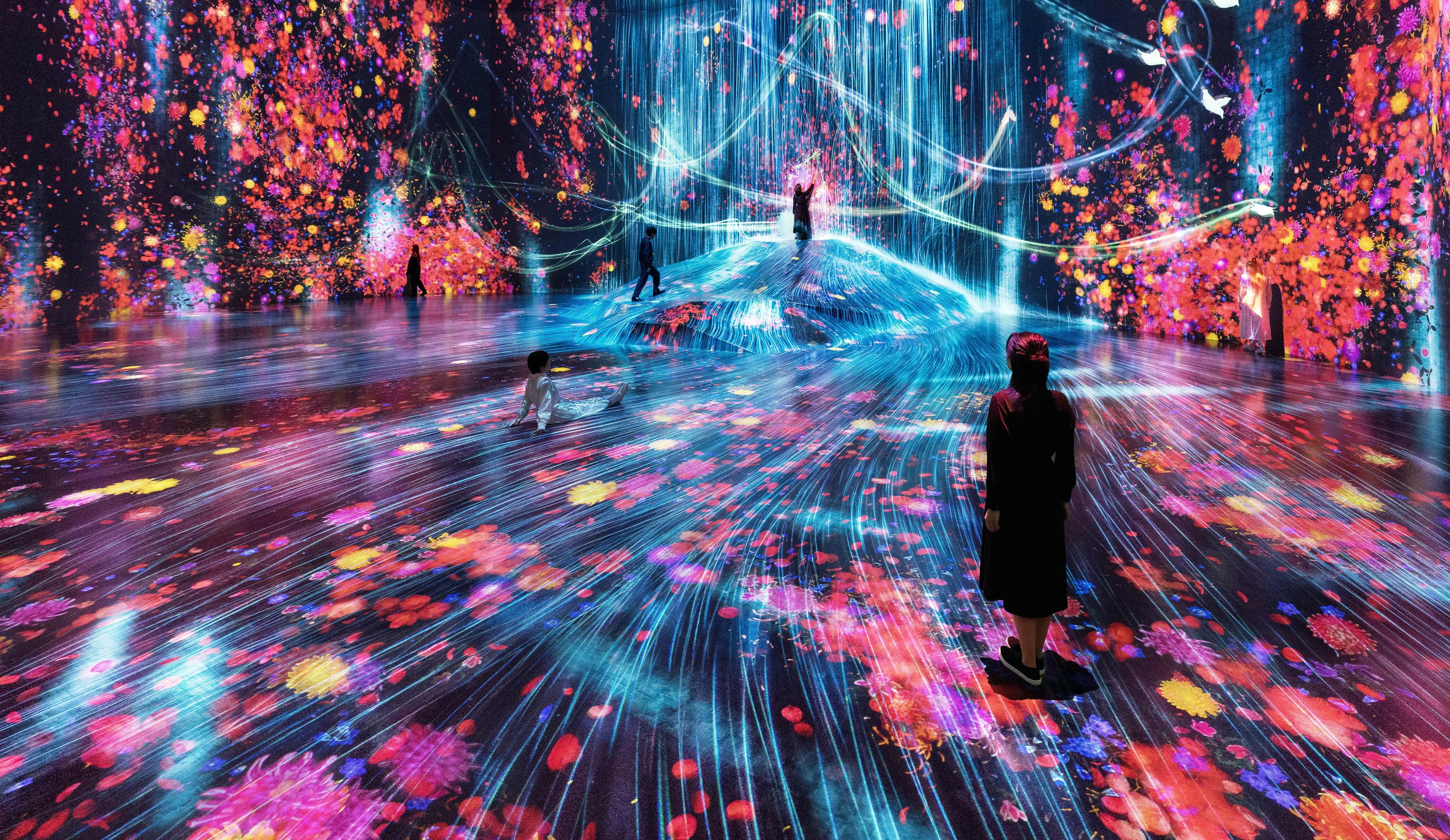Zipangu – Contemporary artists who have run through the Heisei era | teamLab
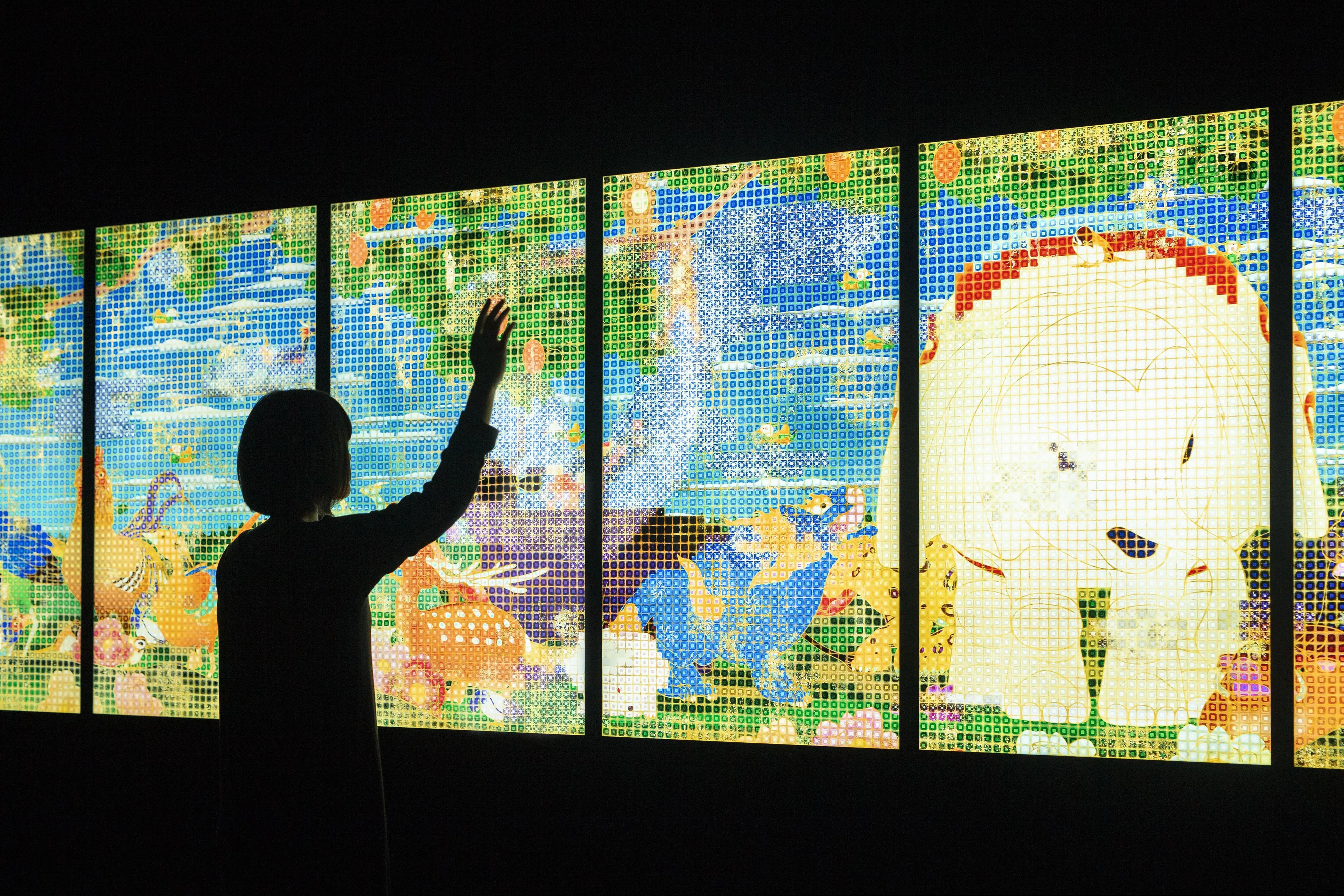
Zipangu – Contemporary artists who have run through the Heisei era
ESPOSIZIONI PASSATE
2024.8.24(Sat) - 10.20(Sun)Saga Prefectural Art Museum, Saga
Group Exhibition

Zipangu – Contemporary artists who have run through the Heisei era
ESPOSIZIONI PASSATE
2024.8.24(Sat) - 10.20(Sun)Saga Prefectural Art Museum, Saga
Group Exhibition
Su teamLab
teamLab (f. 2001) is an international art collective. Their collaborative practice seeks to navigate the confluence of art, science, technology, and the natural world. Through art, the interdisciplinary group of specialists, including artists, programmers, engineers, CG animators, mathematicians, and architects, aims to explore the relationship between the self and the world, and new forms of perception.
In order to understand the world around them, people separate it into independent entities with perceived boundaries between them. teamLab seeks to transcend these boundaries in our perceptions of the world, of the relationship between the self and the world, and of the continuity of time. Everything exists in a long, fragile yet miraculous, borderless continuity.
teamLab’s works are in the permanent collection of the National Gallery of Victoria, Melbourne; Art Gallery of New South Wales, Sydney; Art Gallery of South Australia, Adelaide; National Gallery of Australia, Canberra; Amos Rex, Helsinki; Museum of Contemporary Art, Los Angeles; Asian Art Museum, San Francisco; Borusan Contemporary Art Collection, Istanbul; and Asia Society Museum, New York, among others.
teamlab.art
Biographical Documents
teamLab is represented by Pace Gallery, Martin Browne Contemporary and Ikkan Art.
EXHIBITION OVERVIEW
Zipangu – Contemporary artists who have run through the Heisei era
The Heisei era is sometimes called the "Lost 30 Years," but it was also a time when exceptional talent in fashion, architecture, anime, manga, and contemporary art flourished, earning global recognition.
This exhibition offers a chronological exploration of Japanese contemporary art that emerged during the Heisei era. It is a restructured and expanded version of the "Zipangu" exhibition, originally held in Japan in 2011-2012.
The original Zipangu exhibition aimed to rediscover the allure of Japanese contemporary art. It also sought to heal and rejuvenate Japan through the power of art in the wake of the Great East Japan Earthquake.
In this updated Zipangu exhibition, we bring together works from leading artists who have shaped the art world from the Heisei era into the Reiwa era. These artists have developed unique expressions by blending and transforming Japanese culture within the broader context of global contemporary art. Their works reflect the complexity and diversity of their times.
As you explore the art on display, we invite you to reflect on the Heisei era and enjoy the contemporary art that continues to evolve today. (from Exhibition page)
The Heisei era is sometimes called the "Lost 30 Years," but it was also a time when exceptional talent in fashion, architecture, anime, manga, and contemporary art flourished, earning global recognition.
This exhibition offers a chronological exploration of Japanese contemporary art that emerged during the Heisei era. It is a restructured and expanded version of the "Zipangu" exhibition, originally held in Japan in 2011-2012.
The original Zipangu exhibition aimed to rediscover the allure of Japanese contemporary art. It also sought to heal and rejuvenate Japan through the power of art in the wake of the Great East Japan Earthquake.
In this updated Zipangu exhibition, we bring together works from leading artists who have shaped the art world from the Heisei era into the Reiwa era. These artists have developed unique expressions by blending and transforming Japanese culture within the broader context of global contemporary art. Their works reflect the complexity and diversity of their times.
As you explore the art on display, we invite you to reflect on the Heisei era and enjoy the contemporary art that continues to evolve today. (from Exhibition page)
Informazioni sulla Sede
Zipangu – Contemporary artists who have run through the Heisei era
Durata
2024.8.24(Sat) - 10.20(Sun)
Orari
9:30 - 18:00 (Last entry 17:30)
Chiuso
Every Monday
* However, the museum will be open on Monday, September 16 (National Holiday), Monday, September 23 (National Holiday), and Monday, October 14 (National Holiday).
* Closed on Tuesday, September 17, Tuesday, September 24, and Tuesday, October 15.
* However, the museum will be open on Monday, September 16 (National Holiday), Monday, September 23 (National Holiday), and Monday, October 14 (National Holiday).
* Closed on Tuesday, September 17, Tuesday, September 24, and Tuesday, October 15.
Tassa di Ammissione
General: 1,200 yen
Discounted Price: 1,000 yen
* Admission is free for high school students and younger, those with a disability certificate or specified intractable disease medical recipient certificate, and one accompanying caregiver.
* The discounted price applies to groups of 20 or more, members of the museum's email list, students presenting a student ID (university, vocational school, etc.), those presenting a used ticket stub from this special exhibition, and those entering after 5:00 PM.
Discounted Price: 1,000 yen
* Admission is free for high school students and younger, those with a disability certificate or specified intractable disease medical recipient certificate, and one accompanying caregiver.
* The discounted price applies to groups of 20 or more, members of the museum's email list, students presenting a student ID (university, vocational school, etc.), those presenting a used ticket stub from this special exhibition, and those entering after 5:00 PM.
Sito web
Accesso
Sede
Saga Prefectural Art Museum
Exhibition Rooms 2, 3, and 4
1-15-23 Jonai, Saga City, Saga
Exhibition Rooms 2, 3, and 4
1-15-23 Jonai, Saga City, Saga
Indirizzo nella lingua locale:
佐賀県立美術館
佐賀県佐賀市城内1丁目15−23
佐賀県佐賀市城内1丁目15−23
Gli Organizzatore
Saga Prefectural Art Museum
Esposizioni Vicino
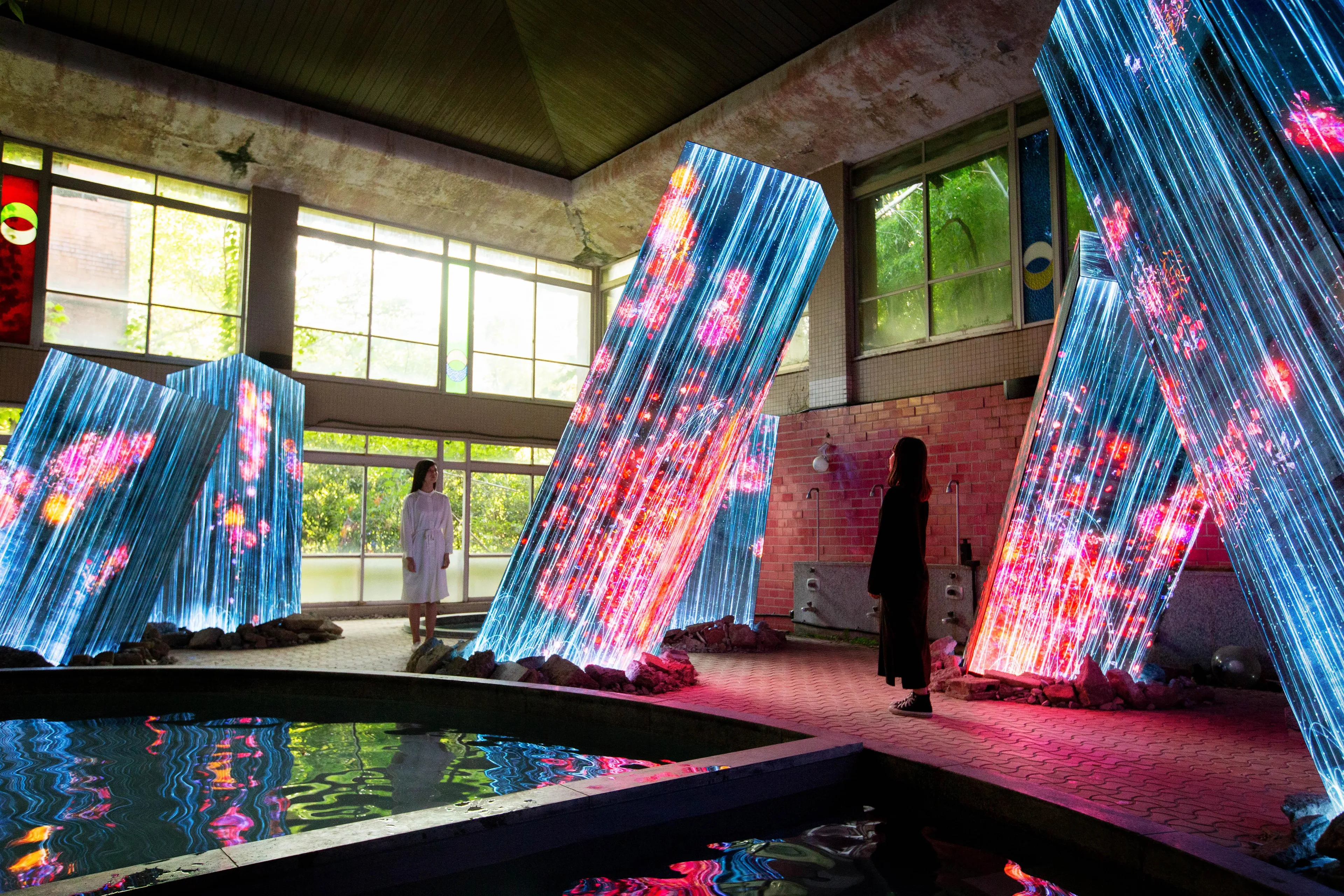
teamLab Ruins and Heritage: Rinkan Spa & Tea Ceremony
2020.11.10(Tue) - Permanente
Mifuneyama, Takeo Hot Springs, Kyushu
Permanent Solo Exhibition
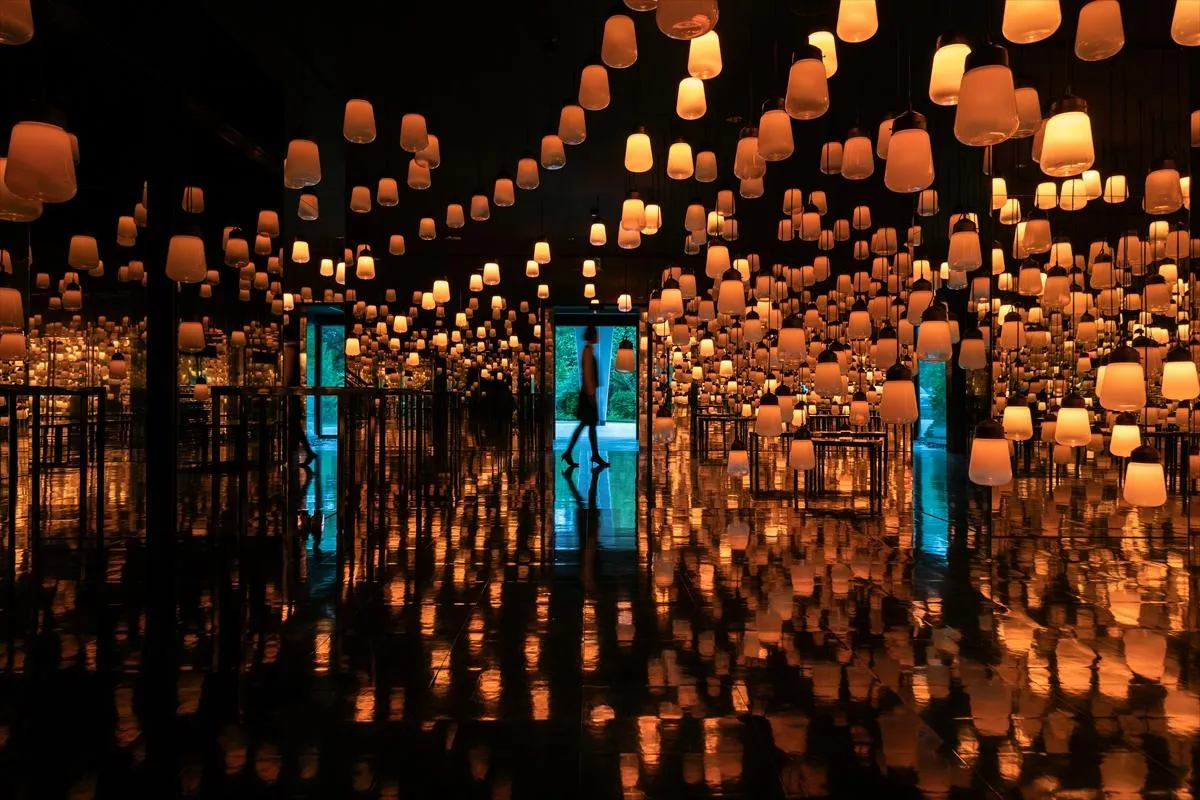
Mifuneyama Rakuen Hotel
2018.7.19(Thu) -
Mifuneyama Rakuen Hotel, Takeo Hot Springs, Kyushu
Hotel
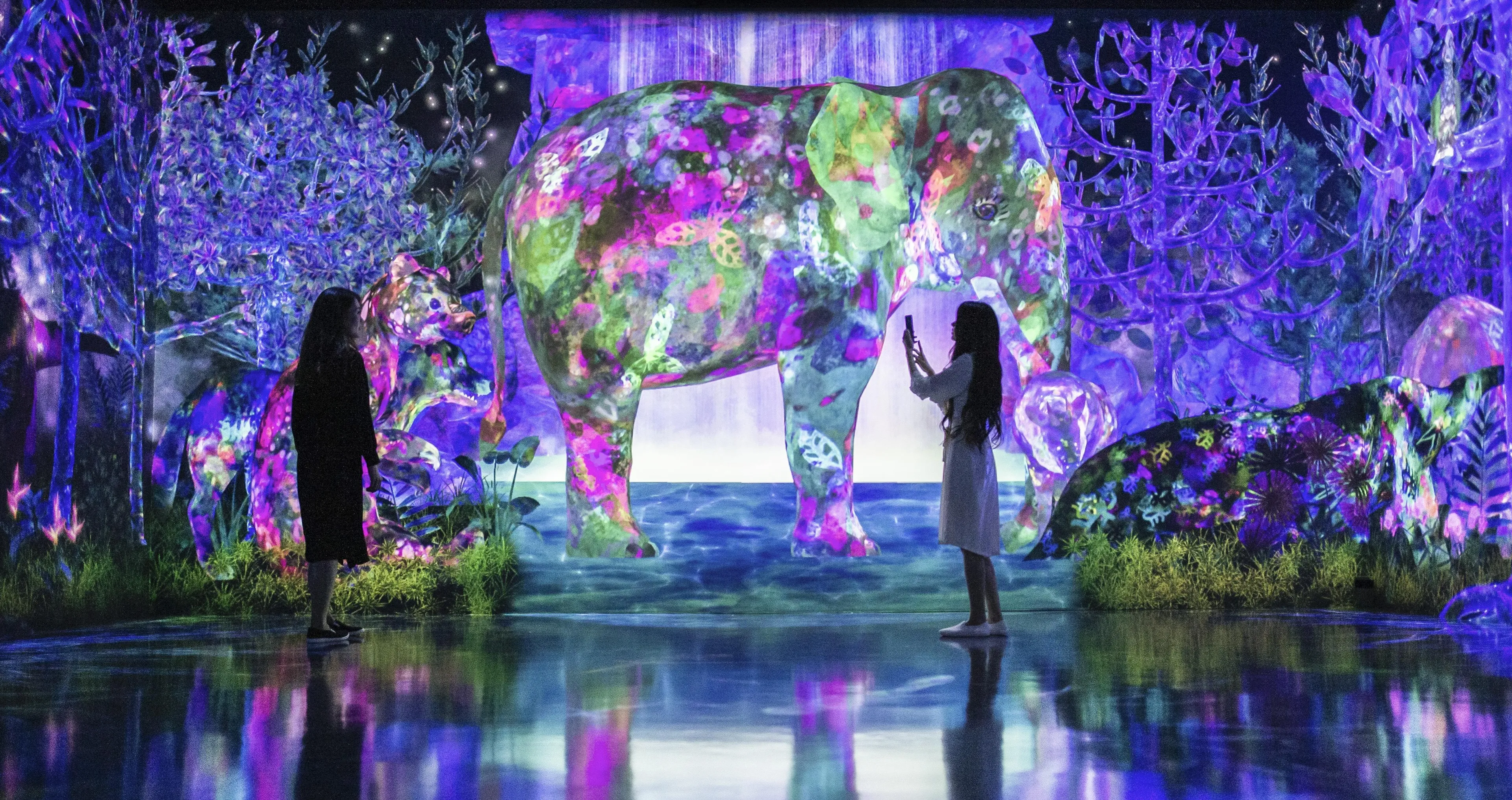
teamLab Forest Fukuoka - SBI SECURITIES Co., Ltd.
2020.7.21(Tue) - Permanente
Next to the MIZUHO PayPay Dome FUKUOKA, Fukuoka, Kyushu
teamLab Museum
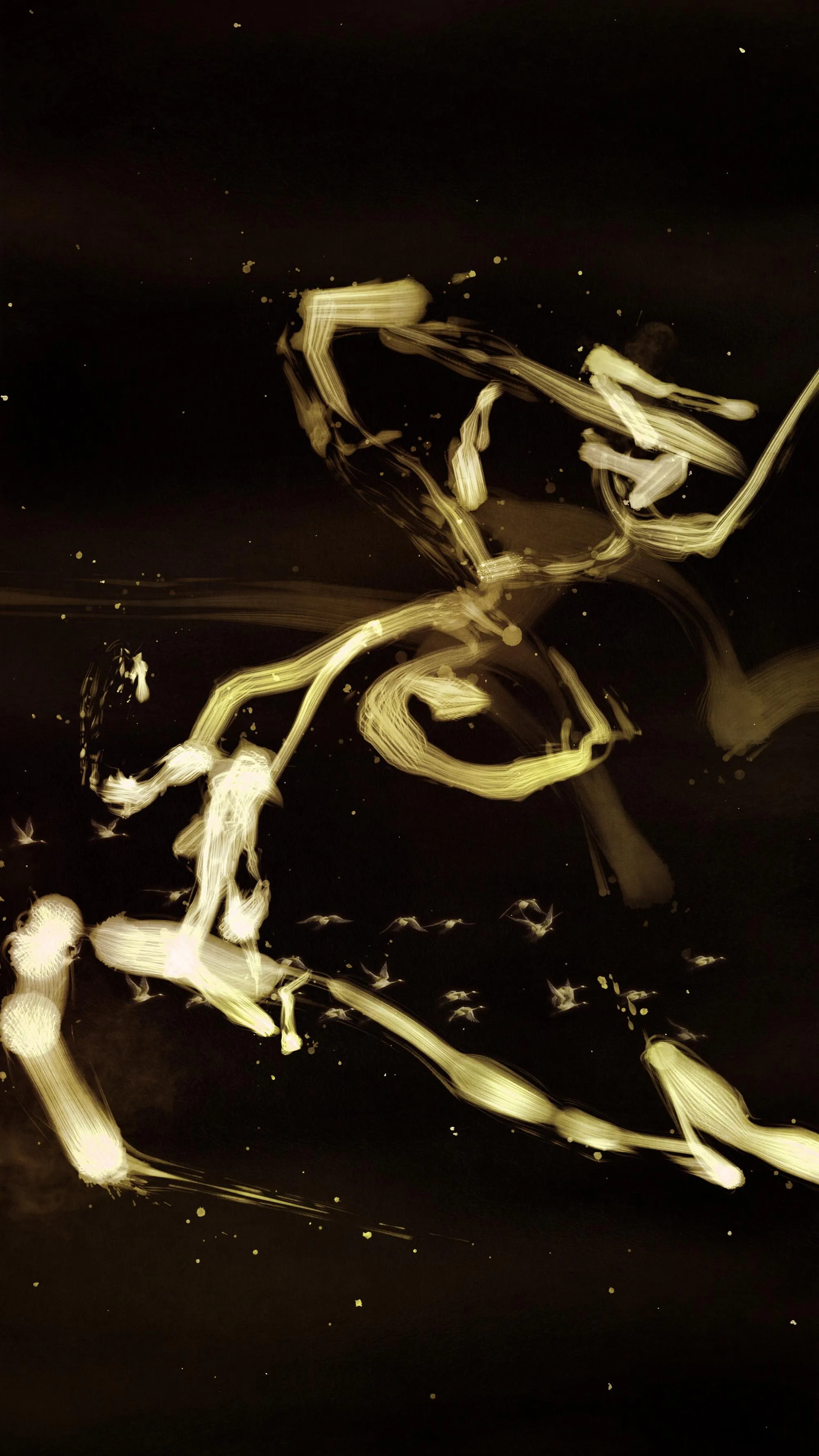
Spatial Calligraphy, Reversible Rotation and Crane - Fukuoka Gold Light, Day & Night
2017.3.30(Thu) - Permanente
Fukuoka Airport Domestic Terminal JAL DP · Sakura Lounge, Fukuoka
Public Art


